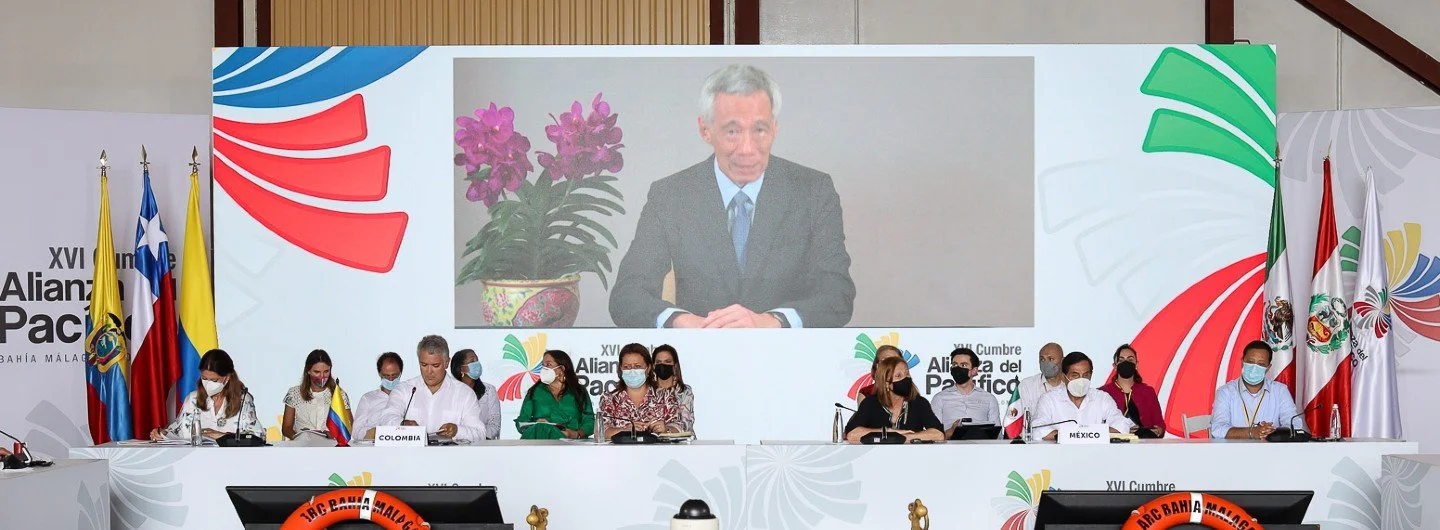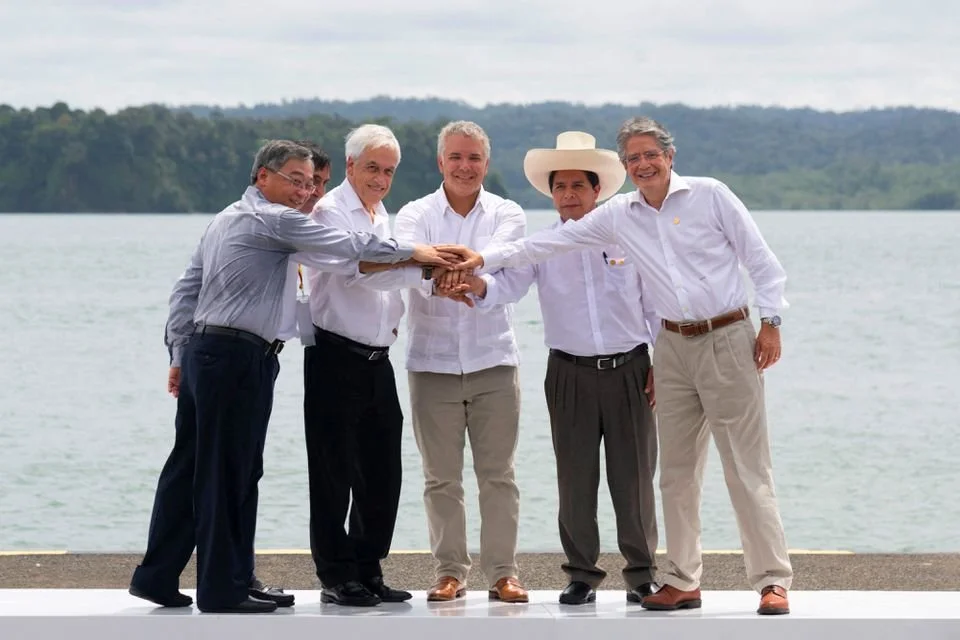Last week Costa Rica officially submitted its petition to join the Comprehensive and Progressive Trans-Pacific Partnership (CPTPP), arguably the broadest and most ambitious regional trade agreement in the Asia-Pacific. Costa Rica’s application highlights the growing interest of Latin American governments to use the CPTPP as a mechanism to strengthen their linkages with the Asia-Pacific—a strategy that would reduce their reliance on a single trading partner and diversify/grow their exports and sources of investment. The CPTPP is the first major trans-Pacific agreement where most of its members to the east of the Pacific are Latin American—Chile, Mexico and Peru. Over the past year alone, Costa Rica and Ecuador have formally applied to become members and Uruguay has stated its intentions to join the agreement. Despite renewed enthusiasm in Latin America towards the CPTPP, the region’s engagement with the agreement could be short-lived. Volatile election cycles and growing political unrest and dissatisfaction across the region are likely to shift the region’s commitment towards, and ability to negotiate and ratify, an agreement like the CPTPP.
More than a Decade of the Pacific Alliance: Implications for Singapore and the Region
On Jan 26, 2022 Singapore signed a Free Trade Agreement (FTA) with the Pacific Alliance (PA), a regional economic bloc made up of Chile, Colombia, Mexico and Peru representing more than USD 2 trillion in GDP. The Pacific Alliance Singapore FTA (PASFTA), has been touted as a “landmark moment” for Singapore’s partnership with Latin America with the potential to strengthen investment and market access opportunities for Singapore and PA countries. Despite the agreement’s potential, there remain economic, institutional and political factors that could affect the PA’s potential impact on Singapore and the region’s trade and investment opportunities. The PA has done a remarkable job in establishing itself as a platform with the potential to increase trade an investment between Latin American and the Asia-Pacific region. However, structural obstacles to intra-alliance trade, overlapping regional economic integration efforts and risks to institutional continuity will shape the size of the PA’s impact and influence in the region.
Latin America: A Key Stakeholder in Asia Pacific Trade?
The participation and engagement of Latin American countries in multiple economic integration efforts within the Asia-Pacific means that they will become key partners and stakeholders in the development of a regional trade infrastructure that has the potential to create more open, resilient and inclusive trade outcomes in a post-Covid environment. However, increased political uncertainty and structural obstacles will determine the depth and impact of that role.



